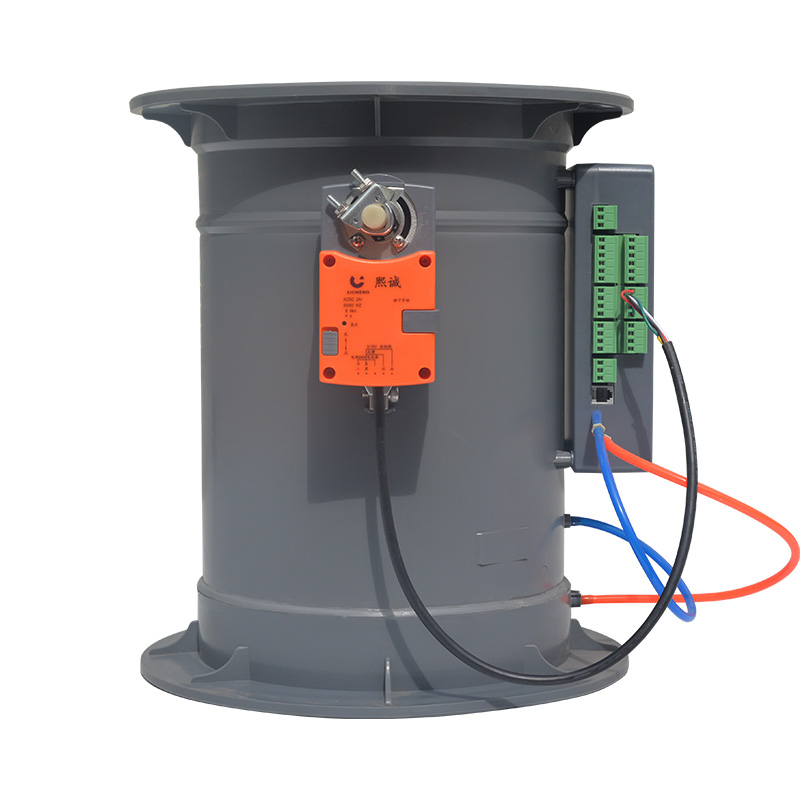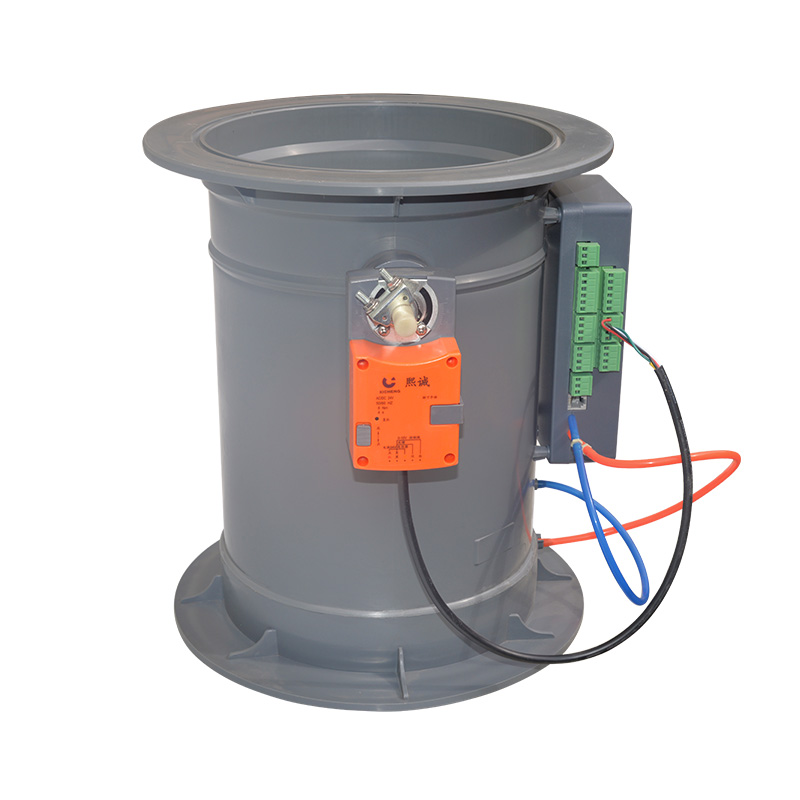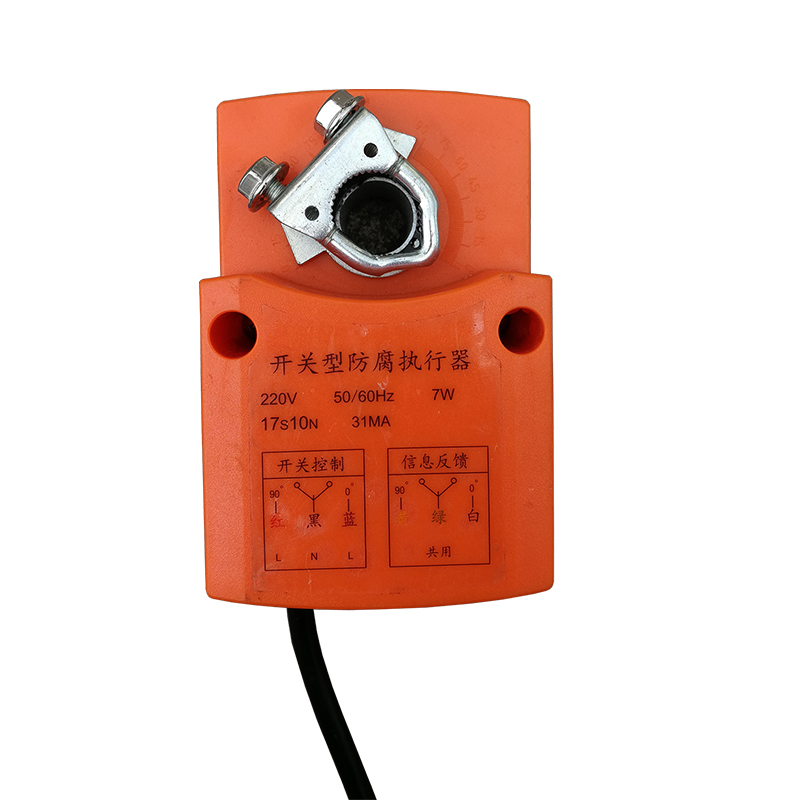What is a variable air volume vav system?
Category : Blog
Variable air volume (VAV) systems are widely used in commercial buildings to provide efficient and comfortable heating, ventilation, and air conditioning (HVAC). VAV systems work by varying the amount of air supplied to different zones based on their heating and cooling requirements. In this article, we discuss the principles, advantages and disadvantages of VAV systems.
Principles of the VAV system
The variable air volume system is designed to provide air conditioning and heating to individual zones, each controlled by a thermostat. The system works by varying the amount of air supplied to each zone based on temperature set points, occupancy and other factors. Supply air temperatures and blower speeds also vary according to the cooling and heating loads in each zone.
A VAV system consists of a central air handling unit (AHU) that supplies conditioned air to multiple zones through a system of ductwork. The AHU contains a supply fan that provides a constant volume of air to the system, which is then distributed to zones through ductwork and terminal units. Each end unit has a VAV damper vulve that regulates the amount of air supplied to that area.
Advantages of variable air volume systems
Energy Efficiency: VAV systems are designed to provide efficient heating and cooling to individual zones. By varying air volume and temperature according to zone requirements, VAV systems save energy and reduce operating costs.
Comfort: The VAV system offers individual zone controls, allowing occupants to set the temperature to their comfort level. This improves workspace comfort and productivity.
Space-saving: VAV systems require less space than traditional HVAC systems because they do not require large ductwork for air distribution.
Noise reduction: VAV systems operate at lower noise levels than traditional HVAC systems because they use smaller ducts and fans.
Improves indoor air quality: VAV systems can improve indoor air quality by providing fresh air for ventilation and removing stale air.
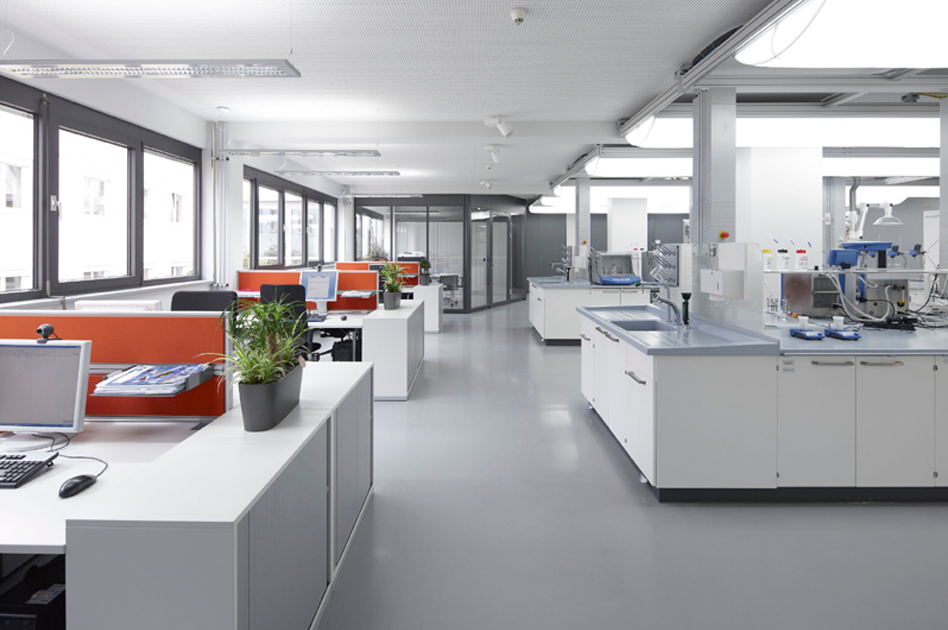
Disadvantages of variable air volume systems
Initial Cost: variable air volume systems can be more expensive than traditional HVAC systems due to the complexity of the control system and the need for individual zone control.
Maintenance: variable air volume systems require regular maintenance to ensure proper operation and prevent system failure.
System Complexity: variable air volume systems are complex and require skilled technicians to design, install and maintain them.
Limited turndown: variable air volume systems have limited turndown, which means they cannot reduce air volume to very low levels. This can cause some areas to be too cold or too hot.
Reliance on Sensors: variable air volume systems rely on sensors to detect zone temperatures and occupancy levels. A sensor failure can cause the system to operate improperly.
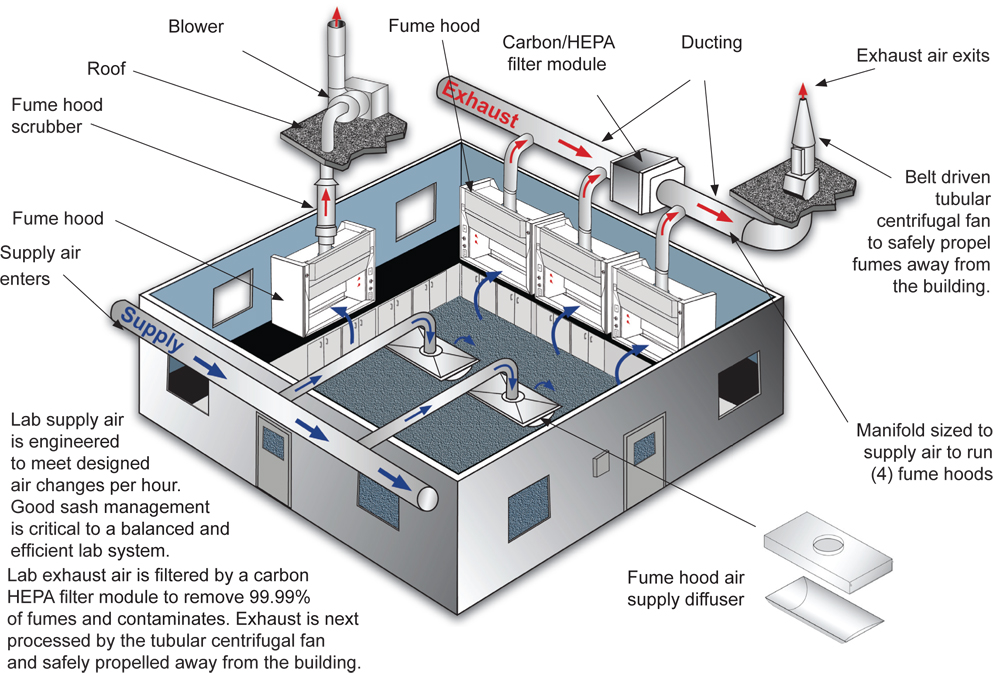
Application of VAV system
Variable air volume systems are widely used in commercial buildings including offices, schools, hospitals and retail stores. They are particularly suitable for buildings with variable occupancy, such as meeting rooms, auditoriums and open plan offices.
VAV systems provide efficient and flexible solutions for HVAC systems in commercial buildings. They provide individual zone control, energy efficiency and improved indoor air quality. However, they also have some disadvantages, including high initial cost, system complexity, and limited turndown ratios. Proper maintenance and a skilled professional ventilation damper valve manufacturer (Xicheng EP LTD) are required to ensure the proper operation of the system. Despite these limitations, Variable air volume systems remain a popular choice for HVAC systems in commercial buildings.
